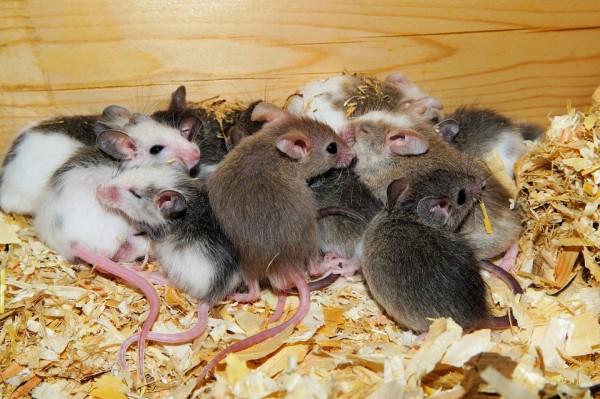By Ana Verayo, | October 18, 2016

Stem cells from mice have been developed into eggs and hatched in a lab.
In a new scientific breakthrough, scientists have created eggs that can produce healthy babies. This is the first-ever study to successfully use mammal eggs without any reproductive help from an animal.
Like Us on Facebook
Scientists conducted this experiment on mice and their eggs. The discovery can pave the way for new technology and techniques for humans to create babies with eggs and sperm in a laboratory.
However, scientists still have to conduct further research to ensure that this method is safe and can yield consistent results. More importantly, there are ethical issues surrounding fertilizing eggs in-vitro and creating babies without the need to carry the embryo inside the womb for nine months.
In this new experiment, a Japanese team from Kyushu University used two kinds of stem cells that are extracted from embryos and mature cells obtained from mouse tails.
This new study was led by Katsuhiko Hayashi. The team used the mature cells to create an "induced pluripotent stem cells" which also possesses similar properties of embryo stem cells, and also the crucial ability to evolve into different kinds of tissues.
These two kinds of stem cells were exposed to special chemicals and biological signals to induce them into developing into eggs.
The most important part of this process is incorporating these stem cells with "gonadal somatic cells" that were extracted from mouse embryos that are 12 days old, triggering further egg development.
Scientists say follicles began forming randomly around the eggs during the early stages of development. These formed into sacs that simulate maturing eggs in real ovaries.
Most of the eggs were eventually fertilized using traditional IVF methods that resulted in healthy and fertile embryos.
However, just 11 successful two cell embryos developed into live births out of 316 embryos.
This new study was published in the journal Nature.
-
Use of Coronavirus Pandemic Drones Raises Privacy Concerns: Drones Spread Fear, Local Officials Say

-
Coronavirus Hampers The Delivery Of Lockheed Martin F-35 Stealth Fighters For 2020

-
Instagram Speeds Up Plans to Add Account Memorialization Feature Due to COVID-19 Deaths

-
NASA: Perseverance Plans to Bring 'Mars Rock' to Earth in 2031

-
600 Dead And 3,000 In The Hospital as Iranians Believed Drinking High-Concentrations of Alcohol Can Cure The Coronavirus

-
600 Dead And 3,000 In The Hospital as Iranians Believed Drinking High-Concentrations of Alcohol Can Cure The Coronavirus

-
COVID-19: Doctors, Nurses Use Virtual Reality to Learn New Skills in Treating Coronavirus Patients







